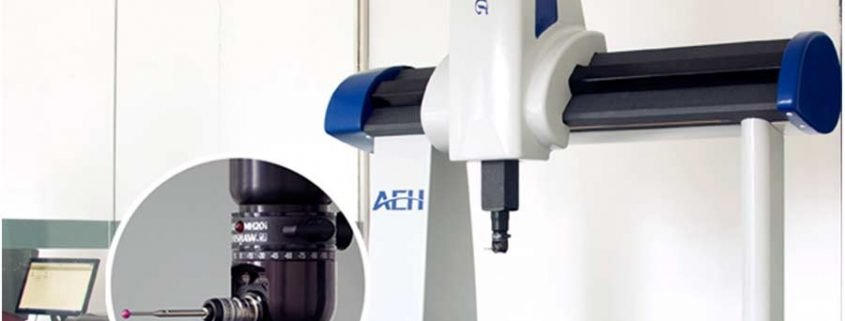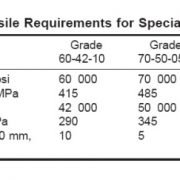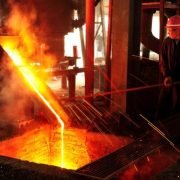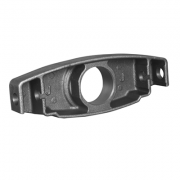Inspection Rules of Gray Cast Iron
Inspection Rules of Gray Cast Iron
-
Inspection rights
- The supplier quality department has the right to inspect and accept or not the castings.
- The buyer may request re-inspection of castings when necessary.
- The supplier is responsible for the authenticity of the inspection results; and submits the production record documents when required by the buyer.
-
Inspection location
- Except for the agreement between the supplier and the buyer, the supplier carries out final inspection generally.
- When the supplier and buyer dispute the quality of castings, the inspection may be carried out by a third party. And the third party should has laboratory qualification.
-
Division of sampling batches
The supplier must test the castings for chemical composition, mechanical properties, and metallography in batches. The batch is divided as follows:
- Castings cast by the same molten iron from the same furnace constitute a sampling batch.
- Castings casted from the same ladle of molten iron constitute a sampling batch.
- The maximum weight of each sampling batch is 2000 kg of castings after cleaning. The sampling batch may changes upon agreement between the supplier and the buyer.
- If the weight of a casting is larger than 2000 kg, it will become a single sampling batch.
- Within a certain time interval, if the furnace charge, process conditions, or chemical composition changes, all castings cast by molten iron during this period, no matter how short the time interval, are regarded as a sampling batch.
- When continuously melting a large amount of molten iron, the maximum weight of each sampling batch shall not exceed the weight of castings poured within 2h.
In addition to the provisions of 10.3.2, if a grade of molten iron has a large amount of melting, and adopts a system-controlled melting technology and strict monitoring of the production process, and can carry out a certain form of process control on a bale (furnace) basis, such as chilling tests, chemical analysis, thermal analysis, etc., upon agreement between the supplier and the buyer, several batches of castings may also constitute a sampling batch.
-
Test times
At least once of each sample test.
-
Evaluation of test results
- When testing the tensile strength, first use a tensile specimen to test, if it meets the requirements, the batch of castings is qualified in the material; If not, you can take another two samples from the same batch for re-testing.
- In case the results of the re-inspection all meet the requirements, the material of this batch of castings is still qualified. If one of the re-inspection results still fails, this batch of castings were preliminarily judged to be unqualified. At this time, one casting should be taken out of the batch. And the cast body sample should be cut out at the site agreed by the supplier and the buyer for tensile strength testing. If the test result meets the requirements, it can still be judged that the batch of casting materials are qualified; if the body sample test result fails to meet the requirements, it can be finally determined that the batch of casting materials is unqualified.
-
Effectiveness of the test
When the test result does not meet the requirements due to one of the following reasons, the test is invalid.
- Improper installation of the sample on the testing machine or improper operation of the testing machine.
- The surface of the sample has casting defects or improper cutting (such as sample size, transition fillet, roughness does not meet the requirements, etc.)
- The sample breaks outside the parallel section.
- There are casting defects on the fracture after cutting the sample
At this time, the supplier should repeat the test according to 10.5.1 and 10.5.2, and replace the data of the defective sample with the obtained results.
-
Saving test data
The supplier shall check in accordance with this standard, and be responsible for the accuracy and authenticity of all test results completed. The supplier shall use its own or other reliable equipment to save all complete test and inspection records, for further review.
-
Sample storage
If the buyer has no special requirements, the supplier should store the same batch of tensile specimens and untested specimens for more than three months from the date of filling in the test report.










Leave a Reply
Want to join the discussion?Feel free to contribute!